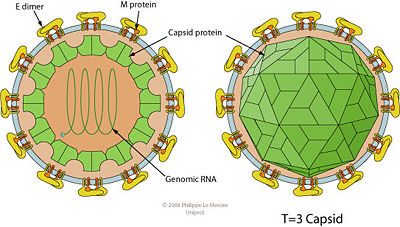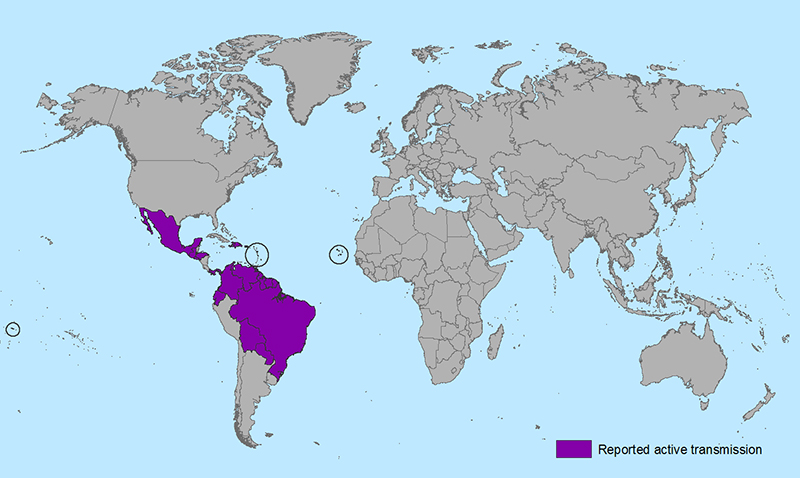The Zika Virus - an Update

A serious outbreak of Zika virus has recently been reported in parts of Central and South America. To date, the most seriously-affected country has been Brazil,where Zika infections have been associated with a number of birth defects in newborn infants. These include microcephaly, in which the head and brain fail to develop to their proper size at birth. As a result, the Zika virus is a special concern for pregnant women.
At the present time, there is no vaccine against the virus and no effective medicine. Therefore, the best advice to travelers as well as people in the affected areas is to use insect repellent and avoid exposure to mosquitoes.

From the Centers for Disease Control
Zika Virus Information
Frequently Asked Questions about Zika
Mosquito Bite Prevention for Travelers
Zika prevention
|



 Zika-infected Regions (from the CDC)
Zika-infected Regions (from the CDC)